'Dementor' Wasp, Color-Changing Frog, Wolf Snake Among 139 New Species Discovered In Mekong [PHOTOS]
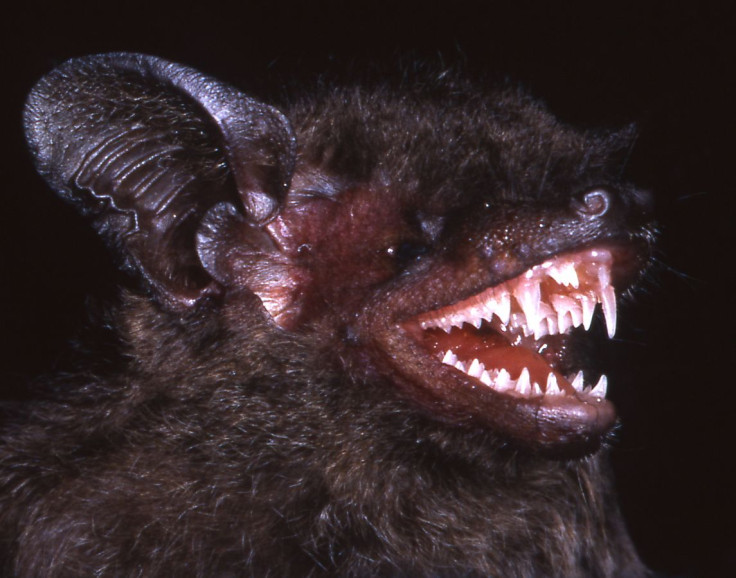
There seems to be no end to the discoveries of new animal species and plants in Southeast Asia's Greater Mekong region. From 1997 to 2014, scientists discovered 2,216 new species -- including 430 mammals and 1,200 birds. Now, a report details the discovery of 139 species in the region in 2014 alone. That's cause for much celebration -- even if the discoveries include a "soul-sucking" species of wasp that will be the source of plenty of nightmares.
The World Wildlife Federation released the report, titled "Magical Mekong," on the species discovered in the Greater Mekong region, a biologically rich and diverse area comprising Cambodia, Myanmar, Thailand, Laos, Vietnam and Yuan Province, China. In 2014, scientists identified 90 new plants, 23 reptiles, 16 amphibians, nine fish and one mammal.
"The Greater Mekong’s unique ecosystems are truly the gift that keeps on giving, providing sanctuary for a treasure trove of species and critical benefits for millions of people across the region,” Teak Seng, conservation director for WWF-Greater Mekong, said in a statement. “As 'Magical Mekong' reveals, the scientists behind these discoveries feel they are racing against the clock to document these species and strongly advocate for their protection before they disappear."
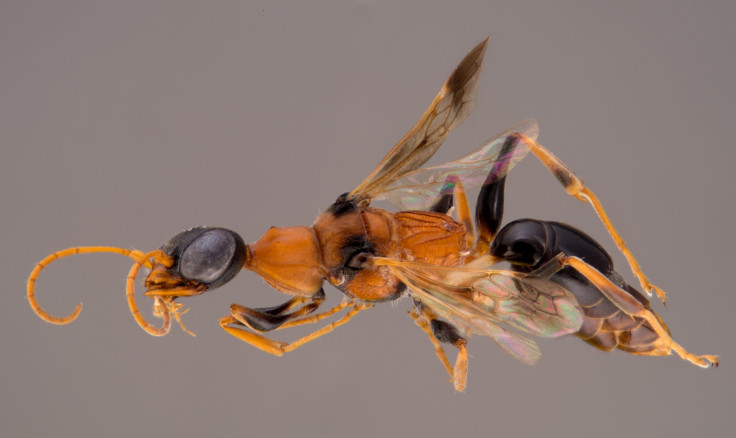
While conservation efforts and raising awareness for this area are important, what has grabbed headlines is the discovery of a wasp that turns its prey into zombies. Not surprisingly, people have quickly seized on its name: the Dementor wasp, bestowed in honor of the soul-sucking creatures from the "Harry Potter" books. Ampulex dementor, as it is known, "hunts cockroaches, injecting a venom into the mass of neurons on its prey’s belly that turns the roach into a passive zombie. Cockroach wasp venom blocks receptors of the neurotransmitter octopamine, which is involved in the initiation of spontaneous movement," reads the insect's description. The cockroach cannot control its own movement and the wasp can easily capture its prey and devour it in peace.
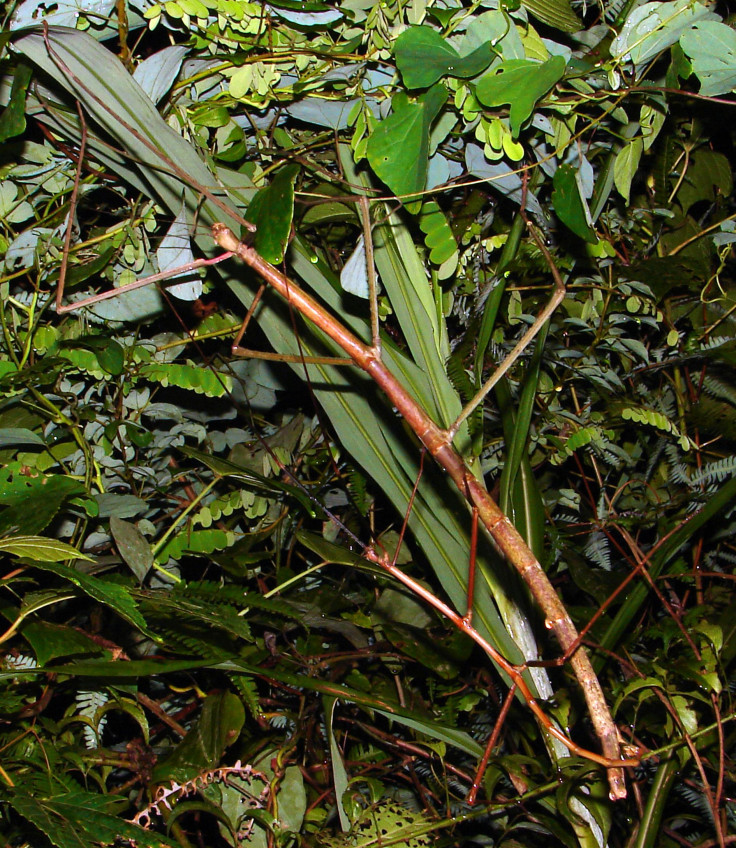
Scientists also discovered the world's second-longest insect. The stick insect -- Phryganistria heusii yentuensis -- was found in Vietnam and measure 54 centimeters (around 21 inches) long.

Another interesting find was the color-changing thorny frog. During the day, the frogs have brown backs while at night they appear pink and yellow, notes WWF. Male frogs have thorns covering their backs while female frogs do not, leading researchers to conclude this feature may be important to the mating process.
The only mammal among the new species was Hypsugo dolichodon, a long-fanged bat. While it is the only identified bat in 2014, researchers believe there could be 10 more new species of bats identified in the near future.
"The future of these species and the people they live alongside depends on many things: protection from poachers, conservation of their habitat, maintenance of free-flowing rivers, smart infrastructure development and much more," the WWF said in a statement.
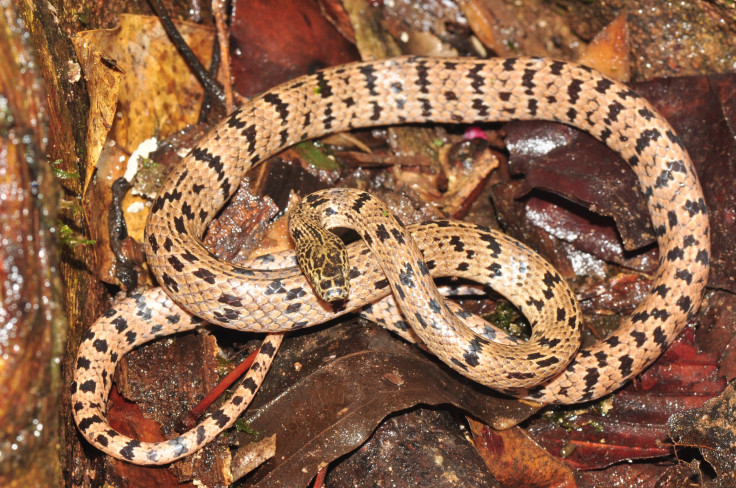
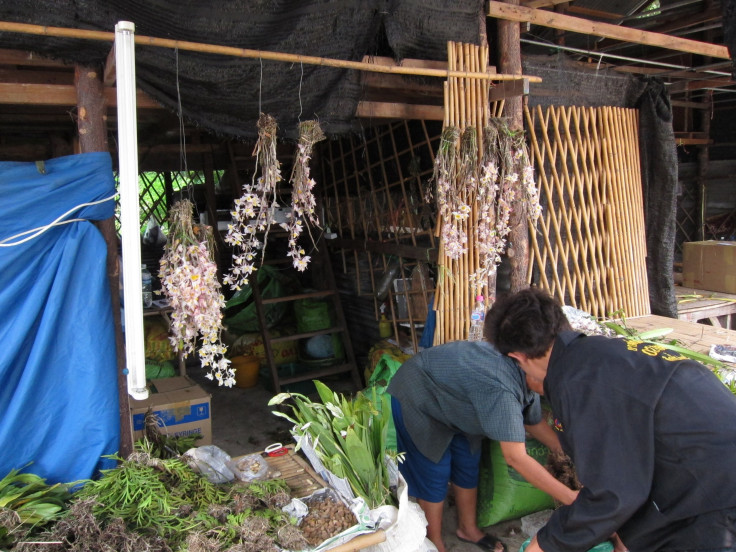
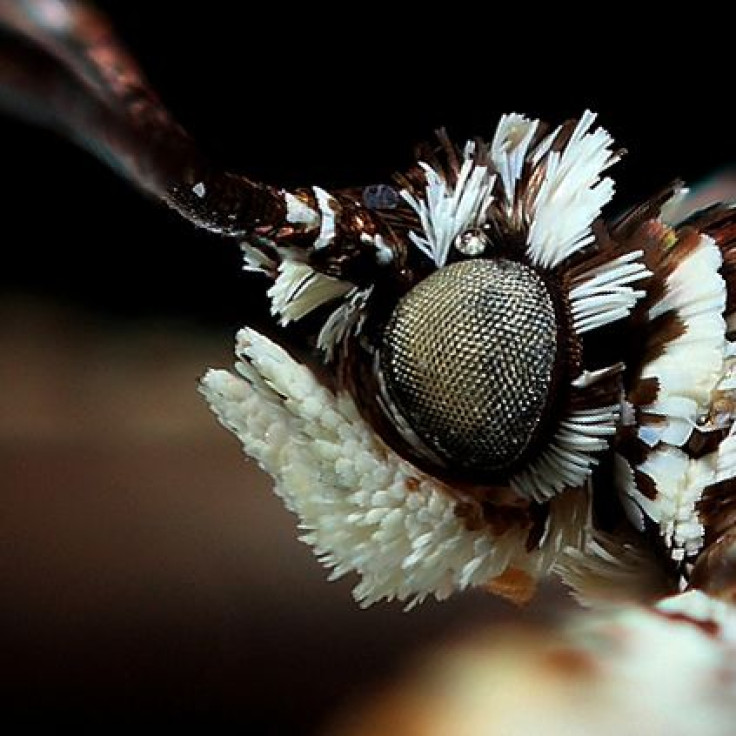

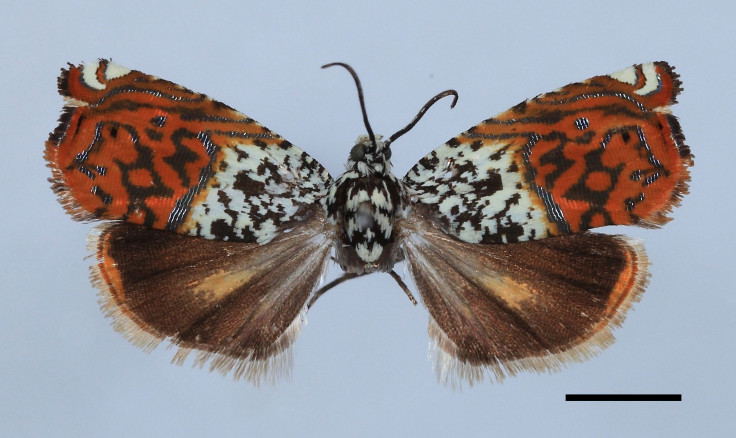

© Copyright IBTimes 2024. All rights reserved.











